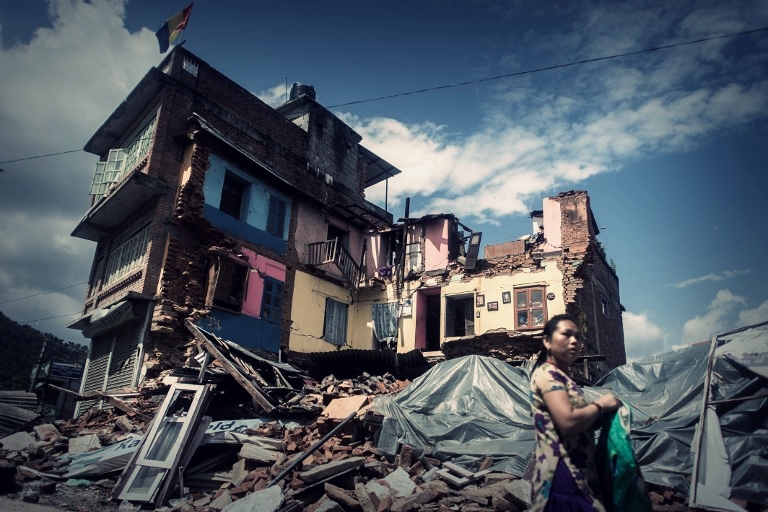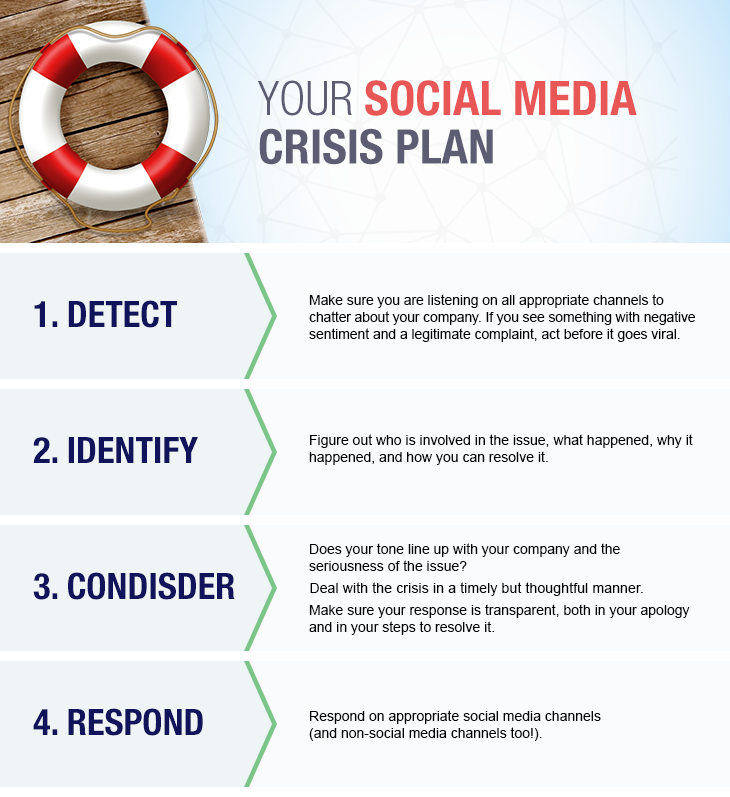
Tags: #Crisis #Effective #Plan #SOCIAL MEDIA
Managing your online risk requires more than just social monitoring of your brand. It requires a plan. Do you have one? Most brands don’t – and that’s not a good thing.
Social media crisis are a reality and a risk that we all face today. It is an online situation that has, or risks having, a negative and long-term impact on your business .We’re all vulnerable to online attacks that threaten having a lasting and damaging impact on our brand’s reputation, both online and offline, and bottom-line.
Sometimes things get out of your control. Sometimes things can get a bit ugly. Posts meant to be internal go public, and others may be read as unintentionally insensitive or misleading. Most often, a real-life brand image crisis carries over onto social media, where it can catch and spread quickly. So when a crisis happens to your brand (and there’s a good chance one eventually will!), you need to know how to react.
Recently in Nepal we faced two major crisis back to back that led us to situations where we could do nothing but suffer. We faced devastating earthquake on April 2015(also known as the Gorkha earthquake) that killed over 10,000 people and injured more than 24,000. It was the most noticeably bad characteristic catastrophe to strike Nepal since the 1934 Nepal-Bihar tremor. The shake was trailed by more than 1000 post-quake tremors took after by another enormous seismic tremor (6.8) on May 12.


The consequences that we Nepalese people faced due to earthquake was not healed even by a half percent and soon our country faced another huge crisis called the 2015 Nepal blockade which began on 23 September 2015 by our own neighbouring country India. This caused an economic and humanitarian crisis that severely affected and is still affecting Nepal and its economy. As a landlocked nation, Nepal imports all of its petroleum supplies from India. Roughly 300 fuel trucks enter from India on a normal day, but this has dwindled to a sporadic passage of 5–10 fuel trucks daily since the start of the crisis, though shipments of perishables like fruits and vegetables have generally been allowed to pass. The blockade has choked imports of not only petroleum, but also medicines and earthquake relief material.

In this critical crisis, we,our country is suffering and there is noone here to make a change. The change what I am referring to is about an effective plan. Our country was/is not prepared to face any kind of natural calamities or blockade because the government lacks effort to implement proper plan. The old saying ‘Act in haste, repent at leisure’ is certainly very true, The old saying ‘Act in haste, repent at leisure’ is certainly very true, but with a well-organized plan, you simply will not have to repent, because everything will be fine.
As social marketing and management experts (and from being on the wrong side of a few crises ourselves), we’ve prepared 4 essential steps to getting a social media crisis under control that we implemented for our clients during the time of major crisis in Nepal. This should definitely help you understand what needs to be done during crisis.At ads! we felt the need of crisis plan right away and started working on them. We understood that a mishandled crisis can destroy your reputation , and can even end up circulating in the news. We need to make sure you have a workable plan ready for dealing with crisis situations.

1. Detect
Before you can even begin to work on an issue, you have to know that there is an issue in the first place. To effectively manage social media presence, you have to be tuned into the chatter surrounding your brand. If you see a negative comment or a complaint posted to one of your profile pages (and especially if it has the potential to go viral), or multiple comments about the same issue, start working on it immediately.
2. Identify
Identify what led to the problem. Who was involved? What happened and when did it happen? Once you have a clear and objective view on the problem, it’s time to look into steps to fix it.
Make sure that you not only have control of the situation, but that each team in your organization is completely synched from the top, down, on how to deal with the situation and potential future crises like it.
3. Consider (The Four T’s)
Tone – What should be the tone of your response? Make sure that it aligns both with your company’s tone in general, but also with the appropriate tone demanded by the situation. If you can be lighthearted about the incident, be lighthearted. If it’s a serious issue, communicate in a serious tone.
Timeliness – How long ago did the incident happen? Make sure you’re reacting as quickly as you can while still making sure not to trip over your own feet in an effort to correct your mistake. This is why it’s so important to be efficient in how you take apart the problem and prepare your communication strategy.
Thoroughness – What networks are you covering? This isn’t like posting content; you don’t need to be everywhere, drawing even more attention to a problem you’d like to have people accept and move past. Make sure to consider how the story is spreading, and address it in the same way.
Transparency – In almost every situation, transparency is best. That means not only should your response acknowledge any mistake your brand made, but it also should show that you are trying to deal with it an honest way. This means openly broadcasting all of the steps that you are taking to fix it and make sure it doesn’t
4. Respond
Now it’s time to respond. Get your social media posts ready on all appropriate channels, then send them out. Be prepared to continually deal with further feedback – also, alert your team to your communications strategy so that news reports only include the official positioning. It is highly useful to be using a CMS tool here, to make sure that you are controlling the conversation to the fullest extent.
Once you’ve developed a plan, make sure to circulate it within your organization. You could even try running scenarios with your team, in order to test your preparation. With a good crisis plan in place, and the proper training, you can safely avoid any potential social media catastrophe.
Social media crises threaten us all, but with the proper preparation you can empower your company to be able to turn a social media crisis into a positive PR campaign for your brand. All it takes is a little assessing, planning and training.
After the devastating earthquake and blockade, their consequences has taught us all to be prepared with an effective plan that will help everyone in our country. At ads! we understand how important it is to have a crisis plan in place. We believe that we should be able to formulate proper plan before the crisis strikes as when it does we are more than just ready for it.




